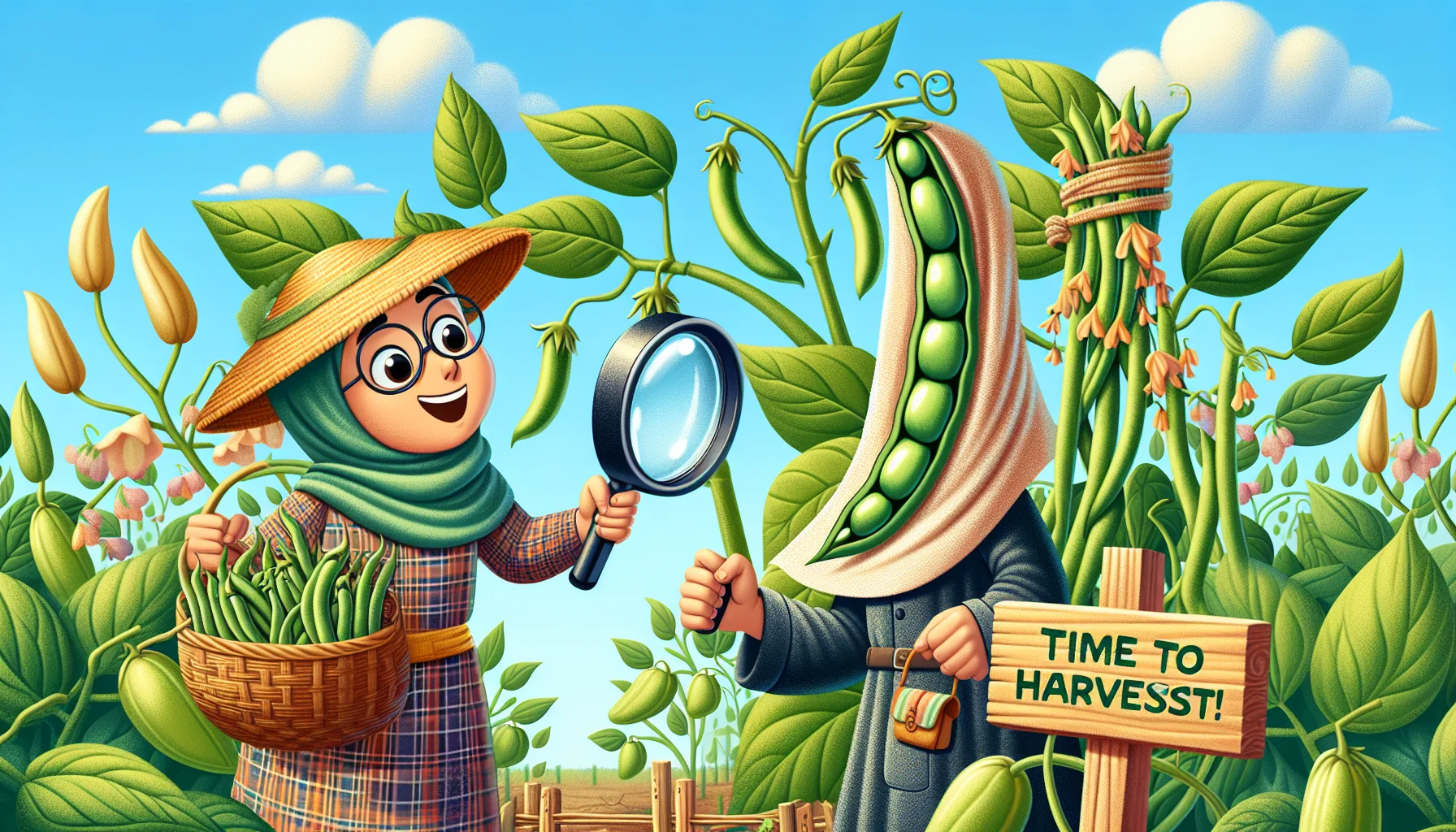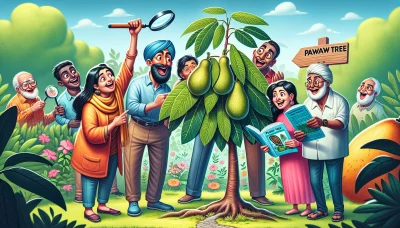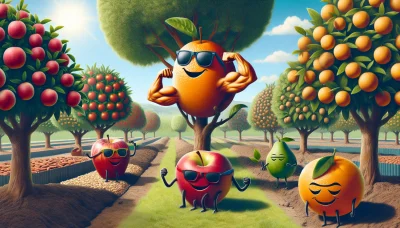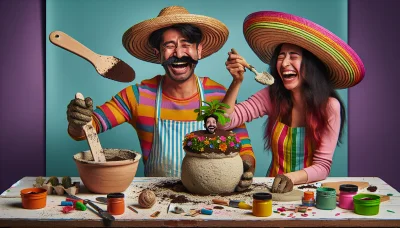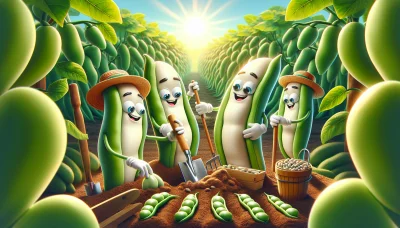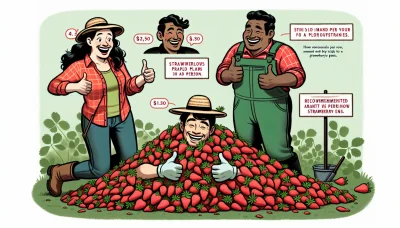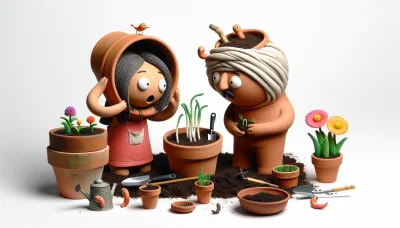When to harvest green beans Quiz
Test Your Knowledge
Question of
When to Harvest Green Beans
Harvesting green beans at the right time is crucial for ensuring they have the best possible flavor and texture. Picking them too early can mean missing out on their full potential, while waiting too long can lead to tough, stringy beans. Understanding the signs of peak ripeness and the optimal harvesting period can make all the difference in the quality of your green beans.
Signs Your Green Beans Are Ready for Harvest
- The pods are firm and have filled out. They are neither too thin nor bulging.
- They snap easily when bent, indicating they are neither too young nor too mature.
- The beans inside the pods have begun to form but are not fully developed, making the pods look plump.
- The color of the pods is a vibrant green, without any yellowing or browning which indicates over-maturity.
- The length of the pods is typically between four to six inches, depending on the variety of green bean.
- The texture of the pods is smooth, without any noticeable bulges from the beans inside.
- The pods should easily come off the plant when gently pulled, indicating they are ready to be harvested.
The Best Time of Day to Harvest Green Beans
The timing of the day significantly influences the quality of green beans when it comes to harvesting. Early morning is considered the best time to pick green beans. This is because the beans are still cool from the night air, making them crisp and full of flavor. Additionally, harvesting in the early morning reduces the plant's stress, as the temperatures are cooler and the sun is not as intense. This helps in maintaining the plant's health and productivity over the season. Picking green beans at the right time of day ensures they are at their peak for both taste and nutritional value, providing the best experience for both the grower and the consumer.
How to Harvest Green Beans
Harvesting green beans is a simple process that, when done correctly, can ensure a continuous yield throughout the growing season. Below are the steps and tools needed to harvest green beans without damaging the plant.
- Wait for the right time to harvest, which is when the beans are firm and have reached their full size but before they become too bulgy and tough.
- Gather your tools. You will need:
- Garden gloves to protect your hands
- A sharp pair of garden scissors or pruners
- Approach the plant gently to avoid shaking beans off.
- Support the bean with one hand and cut the stem above the bean with your scissors or pruners. Alternatively, you can pinch the stem off with your fingers if you prefer not to use tools.
- Collect the harvested beans in a basket or container.
- Regularly harvest beans every 2 to 3 days to encourage more production.
Storing Your Harvested Green Beans
To maintain the freshness of your harvested green beans, it's crucial to store them properly. Start by washing the beans in cold water to remove any dirt or debris. After washing, pat them dry thoroughly to prevent mold growth. For short-term storage, wrap the green beans in a damp paper towel and place them in a plastic bag. Store the bag in the refrigerator's crisper drawer; this method will keep them fresh for about a week. For long-term storage, blanch the beans by boiling them for a few minutes and then plunging them into ice water. Dry the beans completely, then place them in airtight freezer bags and freeze. Properly frozen green beans can last for several months while retaining their taste and nutritional value.
Common Mistakes to Avoid When Harvesting Green Beans
- Waiting too long to harvest: Green beans are best when they are tender and before the seeds inside have fully developed. Check your beans regularly and harvest them when they are firm and have reached a moderate size.
- Harvesting at the wrong time of day: For the best flavor and to reduce plant stress, harvest green beans in the cool of the morning after the dew has dried.
- Using the wrong technique: Avoid pulling the beans off the plant as this can damage the plant and reduce future yields. Instead, use a sharp pair of scissors or pruners to cut the bean from the plant.
- Not harvesting regularly: Green beans need to be picked every few days to encourage the plants to produce more beans. If beans are left to mature fully on the plant, it signals the plant to stop producing.
- Ignoring pest and disease signs: Regularly check your beans for signs of pests and diseases. Early detection and treatment can save your crop and ensure a healthy harvest.
- Overlooking the importance of soil health: Healthy soil is critical for producing a bountiful green bean harvest. Ensure your soil is rich in organic matter and well-drained.
FAQs on Harvesting Green Beans
| Question | Answer |
|---|---|
| When is the best time to harvest green beans? | Harvest green beans when they are firm and have reached their full length but before the seeds inside have fully developed. |
| How do I know if green beans are ready to be picked? | Green beans are ready when they are about the thickness of a pencil, and they snap easily when bent. |
| Can green beans be picked too early? | Yes, picking them too early can result in beans that are too tender and lack flavor. |
| What happens if I wait too long to harvest? | Waiting too long can lead to tough and stringy beans with overdeveloped seeds. |
| How often should I check my plants for ready-to-harvest beans? | Check your plants every 1 to 2 days, as green beans can mature quickly especially in peak season. |
| Is there a specific technique for picking green beans? | Yes, gently hold the stem with one hand and the bean with the other, then lightly pull the bean to avoid damaging the plant. |
| Can I eat green beans immediately after harvesting? | Yes, green beans can be eaten fresh, but washing them before consumption is recommended. |
| How do I store harvested green beans? | Store them in a plastic bag in the refrigerator, and they should last for about a week. |
